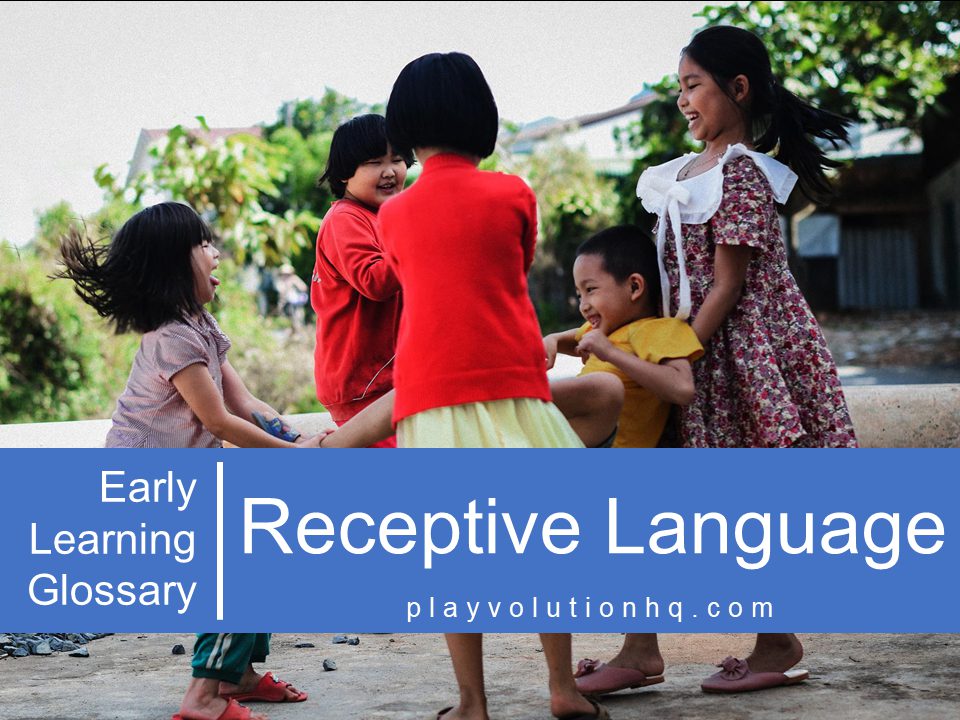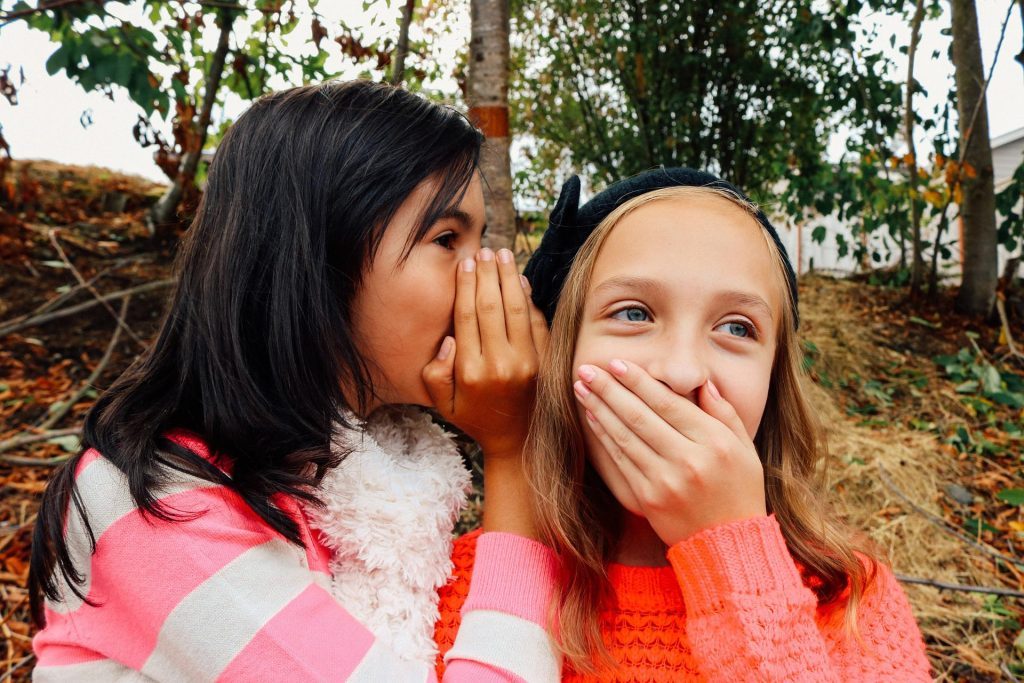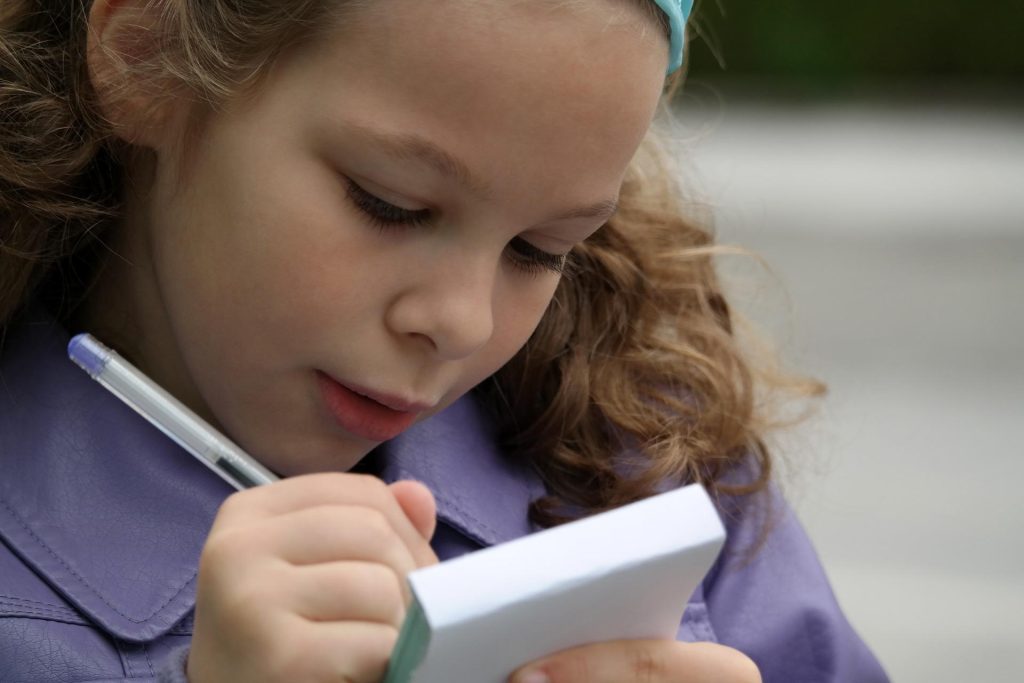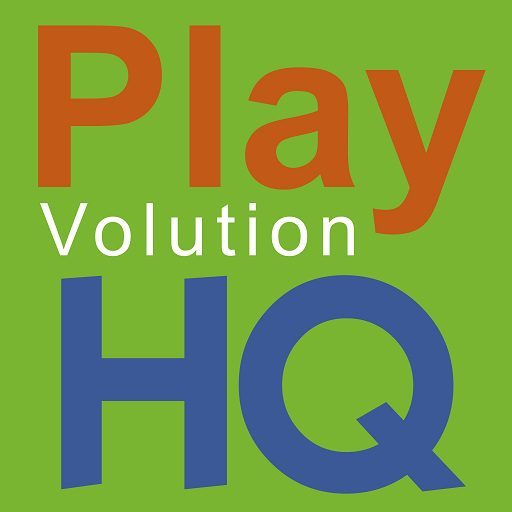
While expressive language is the language we create, receptive language is the language we receive and understand. The Cambridge Dictionary explains that receptive means, “relating to the ability to understand language, rather than produce it”. In writing this blog post, I’m using expressive language. The term refers to spoken, written, and even sign language. If you’re reading and understanding it, you’re using receptive language.
This is an essential skill for navigating life. Day to day existence becomes very challenging when you can’t communicate effectively with those around you.

Receptive Language Skills
Examples of receptive language skills include:
- Following simple or multistep directions
- Answering comprehension questions
- Understanding vocabulary words
- Understanding grammatical structure
- Making predictions or inferences

Ways To Help Develop Receptive Language Skills
Luckily, the activities that help build these language skills are part of most children’s daily life. Most kids don’t need special instruction or lessons–they pick up the skills while playing, exploring, and interacting with adults and peers. Here are some receptive language building blocks from Kid Sense Child Development in Australia:
Attention and concentration: Sustained effort, doing activities without distraction and being able to hold that effort long enough to get the task done.
Pre-language skills: The ways in which we communicate without using words and include things such as gestures, facial expressions, imitation, joint attention and eye contact.
Social skills: Determined by the ability to engage in reciprocal interaction with others (either verbally or non-verbally), to compromise with others, and be able to recognize and follow social norms.
Play skills: Voluntary engagement in self motivated activities that are normally associated with pleasure and enjoyment where the activities may be, but are not necessarily, goal oriented.
For most children, regular immersion in language-rich environments gives them what they need to build receptive language skills. Some children will need additional remedial support.

Contribute content to Playvolution HQ
Brought to you by Explorations Early Learning
Thoughts On This Entry?
I’d love to hear your thoughts on improving this entry and suggestions for additional glossary additions in the comments below. You can also contact me with comments or concerns.
Browse Trainings
Post Author
Jeff Johnson is an early learning trainer, podcaster, and author who founded Explorations Early Learning, Playvolution HQ, and Play Haven.


Leave a Reply